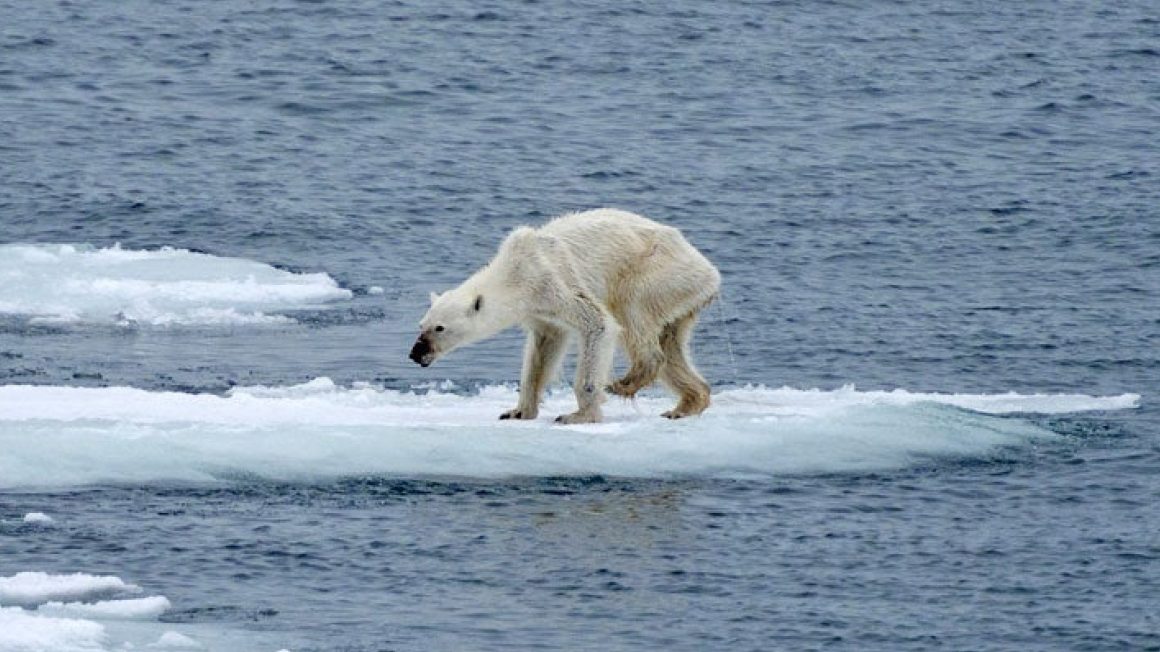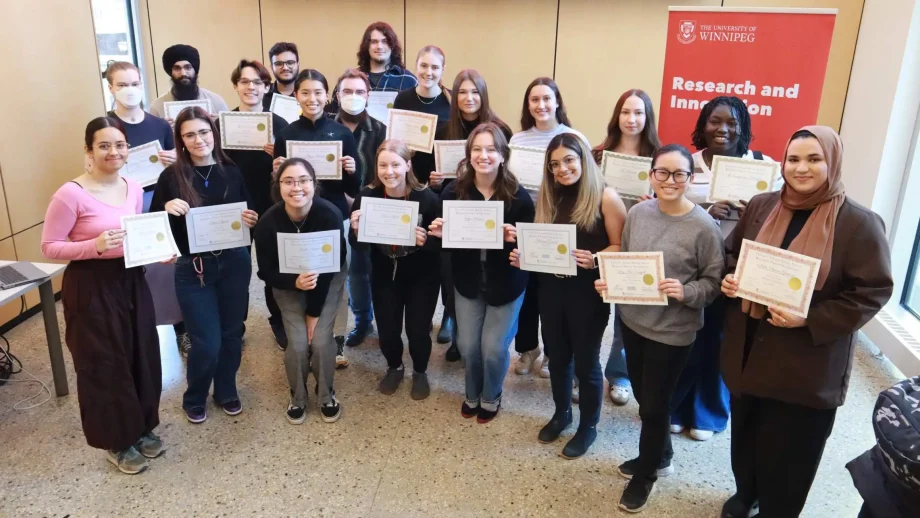The majestic polar bear is rapidly declining in many areas of the Arctic due to the combined effects of multiple stressors like climate change and pollution. The ongoing loss of sea ice habitat for polar bears and their main prey, the ringed seal, due to climate change has become a major threat to the conservation of these Arctic species.
University of Winnipeg’s Dr. Jean-Pierre Desforges is an environmental and wildlife toxicologist, focused largely on marine and terrestrial mammals, and he is studying the impacts of climate change on these threatened populations of polar bears and ringed seals.
Research Manitoba has granted Dr. Desforges a 2024 New Investigator Operating Grant worth $50,000 over two years to assist with his research project, Reconstructing life history and climate associations from teeth of polar bear and ringed seals in Western Hudson Bay.
Understanding the long-term mechanisms of how climate change is affecting the fitness of polar bears can help us better predict what might happen in the coming decades.
Dr. Jean-Pierre Desforges
“This project will allow us to better understand the inter-relationships between polar bears and their main prey, ringed seals, over the last 50 years or so during a period of rapid climate change in western Hudson Bay,” said Dr. Desforges. “Insights into the impacts of climate change to this threatened population of polar bears will hopefully support ongoing conservation and management initiatives.”
Dr. Desforges explains that they know from existing studies that many polar bear and ringed seal populations are negatively impacted by climate change, however, most studies rely on patchy and temporally limited datasets.
“To really understand the link between demographic trends and environmental change we need high resolution longitudinal information to inform conservation and management,” said Dr. Desforges. “This project aims to tackle this important knowledge gap through investigation of decades worth of biological and demographic data stored in annual growth layer groups (GLGs) in the teeth of polar bears and ringed seals in western Hudson Bay. The width of GLGs provide information on nutritional quality, reproduction, and links to climate change.”
By analysing polar bear and ringed seal teeth, Dr. Desforges and his team will gather critical insights into how the productivity of these species are linked and affected by long-term environmental change in western Hudson Bay, and ultimately, the circumpolar Arctic.
“Climate change is by far the biggest threat, affecting the length of time polar bears can access their prey on sea ice and the length of time it spends starving over the summer,” explained Dr. Desforges. “By using the continuous data stored in the teeth of polar bears over their full lifetime we can better understand the year after year influence that climate change has had on individual bears going back almost 50 years.”
By doing the same with ringed seals, researchers can for the first time explore how predator-prey dynamics have changed over decades due to climate change and if the responses have been similar or dissimilar across species, and the consequences of that.
The findings of this research are highly relevant for the conservation and management of threatened Arctic species like the polar bear.
“Understanding the long-term mechanisms of how climate change is affecting the fitness of polar bears can help us better predict what might happen in the coming decades,” explains Dr. Desforges. “Using the best possible scientific evidence to make policy and management decisions is key.”






